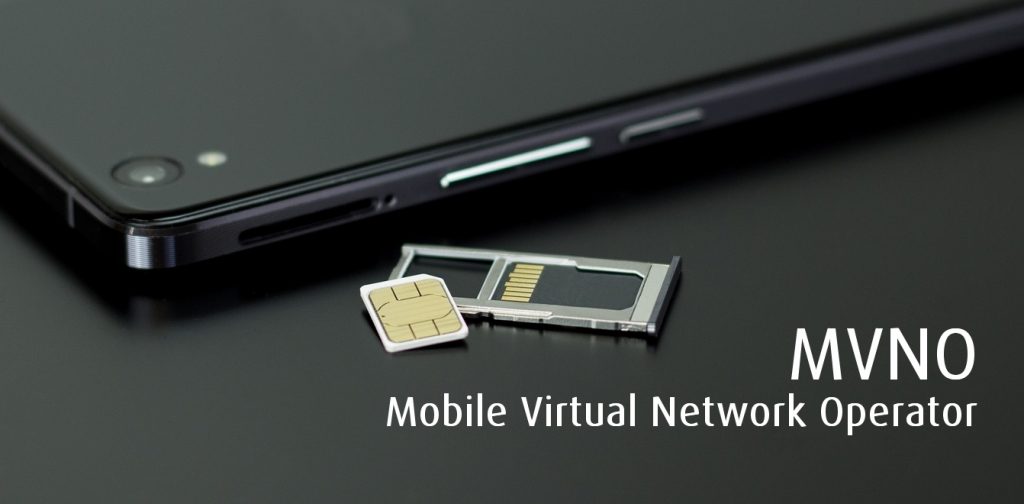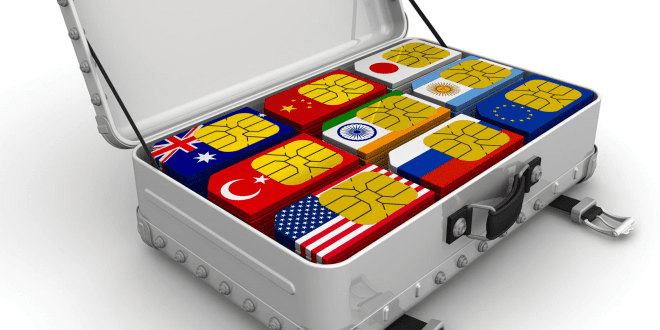Multi-IMSI
(Multiple International Mobile Subscriber Identities)
IMSI plays a key component of any subscriber identity module (SIM) profile, which has been stored on the SIM card. Each unit allows one device to connect to a limited number of networks. When a sim card contains multiple IMSI, it allows subscribers to change the second operator if necessary and connect to many more networks.
Multi-IMSI technology is essential for cellular IoT manufacturers who plan to globally implement or create mobile applications. You want your device to have a service where your customers can use it, on the ground where a particular provider has coverage or roaming agreements with other MNOs.
The difference between Multi-IMSI and eUICC
As with Multi-IMSI, an integrated universal integrated circuit card (eUICC) allows the user to change and store multiple MNO profiles. But the process (and cost) of changing providers with these technologies is fundamentally different and expensive.
Integration
An eUICC for M2M can store several profiles, but each time you add a new provider, your new provider must integrate your SM-SR and SM-DP with the secure registration of the subscription administrator (SM-SR) and the preparation of data from the administrator of subscriptions from your former provider. (SM-DP), and the cellular operators have to coordinate their various protocols and actions.
Changing your profile with an eUICC also means that you are “leaving” your original provider and canceling your contract. Since you are completely changing providers, you will have to use the portal, the tools and the API of the new operator. You will also get a new MSISDN for each device.
With Multi-IMSI, you have a single service provider, but several subscriber identities, each of which can connect to a limited number of operators. (This is the allowed network coverage list). When your device needs to connect to a provider that is not on the list, it automatically changes the IMSI to obtain a new list of approved networks.
No need for OTA provisioning, new integration, new API or new portals. Your device can transfer data from one operator to another, as it is still managing one Network Operator subscription.
Network Selection
The Multi-IMSI SIM cards can be configured to automatically select the Network with the strongest signal or the lowest costs, and they can be preloaded with different subscriber identities, which allow your device to change between providers and pause or renew contracts if necessary.
An eUICC is more protection if your operator needs to implement it somewhere that requires a local operator. Switching between profiles with an eUICC is much less profitable than using Multi-IMSI, and you need to download and activate the new profile manually when implemented in a new country.
eUICC can store a profile for a multiple IMSI provider, combining the benefits of these technologies Multi IMSI offers greater flexibility with more savings.

The components of an IMSI
The International Telecommunication Union (ITU) has standardized IMSI numbers, so it is easy to identify which country and which MNO must be associated with a specific subscriber. The IMSI must be 15 digits long, but it varies according to the country and the provider. These digits are divided into three sets, each one of which communicates different information:
The first set of digits is the mobile country code (MCC), which defines the country in which a subscriber primarily operates. They are always three digits.
The second set of digits is the mobile network code (MNC), which represents the MNO with the one associated with the identification of the subscriber. These are between one and three digits.
The Last numbers are the mobile subscription identification number, which is unique to the subscriber. (9 to 10 numbers)
For example, this is what the MNO knows from the information on the IMSI number, 123456123456789
Mobile country code 123 United Kingdom
Mobile Network Code 456 EE
Mobile subscription identification number 123456789
As you can see, an IMSI is connected to a specific geographic region and associated with a particular MNO. When the device is roaming outside the country that covers the MNO, you can connect to another MNO in your list of roaming partners on the Network.
By Abdul W Moghul
 MVNO MVNE MNO Mobile & Telecoms industry intelligence Telecoms Jobs, News and Business
MVNO MVNE MNO Mobile & Telecoms industry intelligence Telecoms Jobs, News and Business






